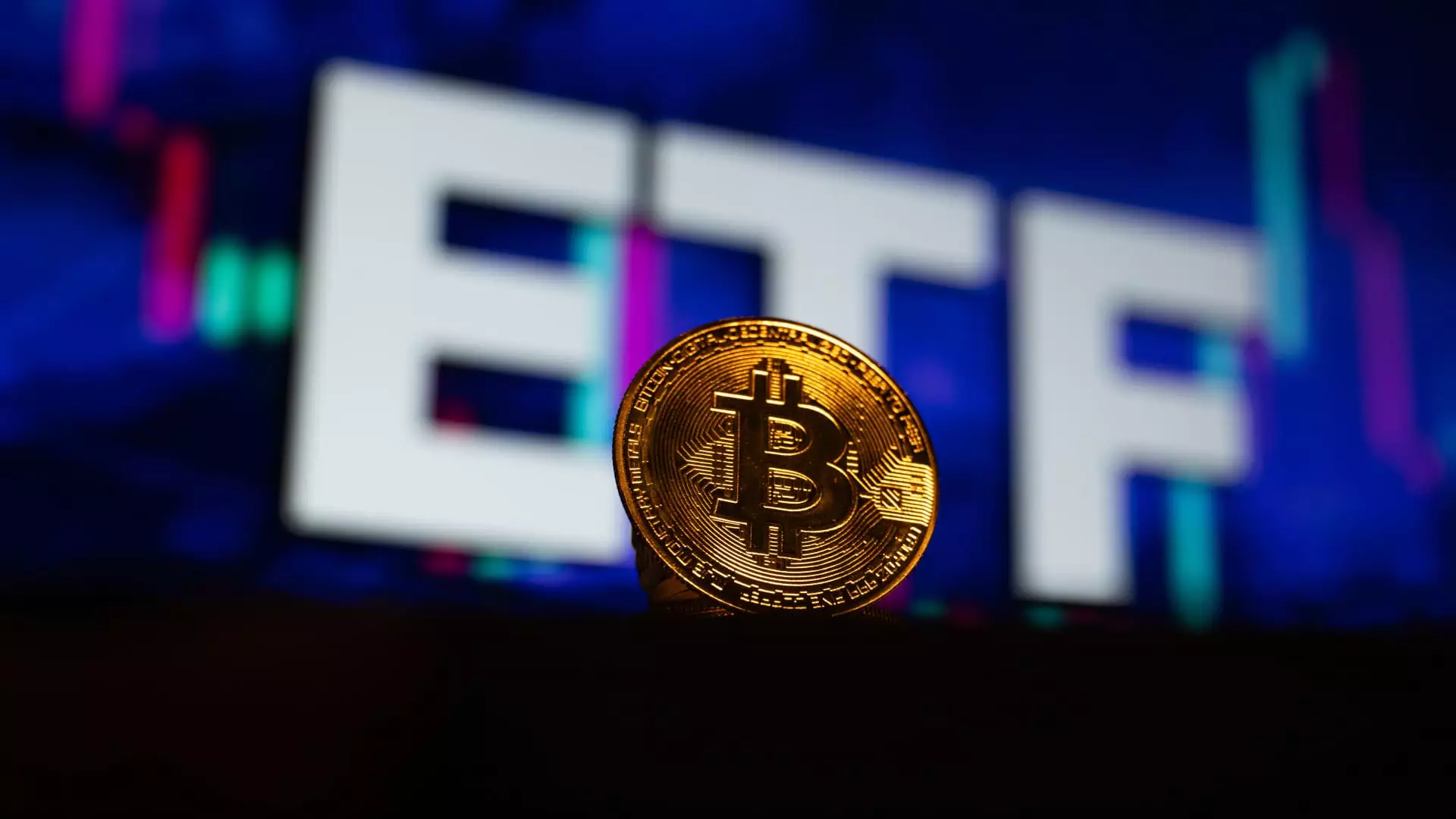In the rapidly evolving world of finance, few innovations have sparked as much excitement as cryptocurrency exchange-traded funds (ETFs). The introduction of Bitcoin ETFs last year marked a significant milestone, capturing an impressive $36 billion in net new assets during their inaugural year. Leading this charge was BlackRock’s iShares Bitcoin Trust, which became emblematic of institutional interest in the cryptocurrency space. This surge not only spurred institutional adoption but also played a pivotal role in doubling the total market value of cryptocurrencies by 2024. However, as the landscape evolves, questions about whether new crypto ETFs will garner similar enthusiasm warrant a closer examination.
While the debut year of Bitcoin ETFs was a resounding success, forecasts indicate that subsequent crypto ETFs may struggle to achieve comparable levels of demand. Already, proposals for tracking various tokens such as Solana, XRP, and litecoin have emerged, yet predictions suggest these offerings will attract significantly less investment than their Bitcoin counterparts. Internal analyses from financial giants like JPMorgan suggest that even with successful launches, the new funds are unlikely to replicate the influx of assets seen previously. According to analyst Kenneth Worthington, a critical factor contributing to the anticipated decline in demand is the relatively small market capitalization of these alternative tokens, combined with lower prevailing investor interest.
Market Analysis: The Numbers Speak
A closer look at market capitalizations reveals some stark realities for forthcoming crypto ETFs. Bitcoin’s ETFs currently possess around $108 billion in assets, constituting approximately 6% of Bitcoin’s overall market cap after one year of trading. In contrast, Ether ETFs launched with much less fanfare, managing only $12 billion—representing a mere 3% of Ether’s market cap. Applying these metrics to potential new ETFs could yield sobering projections. For instance, Solana, with a market cap of $91 billion, might only attract $3 billion to $6 billion in net new assets. Meanwhile, an XRP-focused fund could realize between $4 billion and $8 billion—far less than what Bitcoin ETFs achieved during their launch. These figures illuminate the underlying challenges associated with the expansion of crypto ETFs in a market characterized by volatility and fluctuating investor confidence.
The Regulatory Environment: An Uncertain Landscape
Another critical aspect influencing the future of crypto ETFs is the regulatory environment. With impending shifts in U.S. governance and the anticipated pro-crypto stance of Congress and the White House in 2025, there’s a glimmer of hope that favorable regulations could catalyze further market development. Worthington emphasizes that the forthcoming regulatory framework, shaped by a new regime and possibly a new SEC chairman, holds the potential to inspire innovation within the cryptocurrency sector. This dynamic could pave the way for new products and services, providing the foundation for market expansion.
Tyron Ross, an influential figure in investment advisories, adds another layer to this analysis, expressing an expectation that demand for Bitcoin ETFs may be healthy, albeit not as robust as observed during their first year. The evolving attitudes of investors toward cryptocurrencies, coupled with ongoing educational efforts may foster an environment where confidence in digital assets strengthens. However, he also highlights that broad adoption may hinge on the inclusion of cryptocurrencies in popular investment models. He believes that once crypto makes its way into standard investment frameworks, we might witness a resurgence in growth akin to that seen last year.
The trajectory of crypto ETFs in the year ahead remains fraught with uncertainty and complexity. While the pioneering success of Bitcoin ETFs set a precedent for future endeavors, new entrants will likely navigate a markedly different landscape characterized by diminished market interest and regulatory intricacies. Investors and issuers alike should prepare for tempered expectations, recognizing the impact of broader economic and legislative trends on the crypto ecosystem. As the call for a more integrated approach to cryptocurrency investment gains momentum, the future may hold transformative opportunities for those willing to adapt and embrace the changing dynamics of the market.

